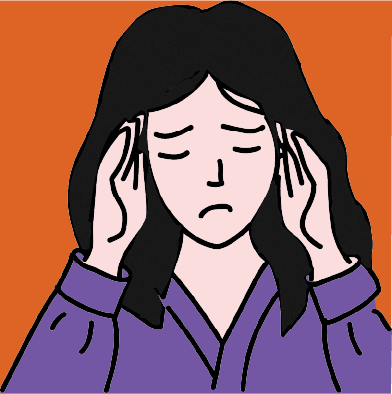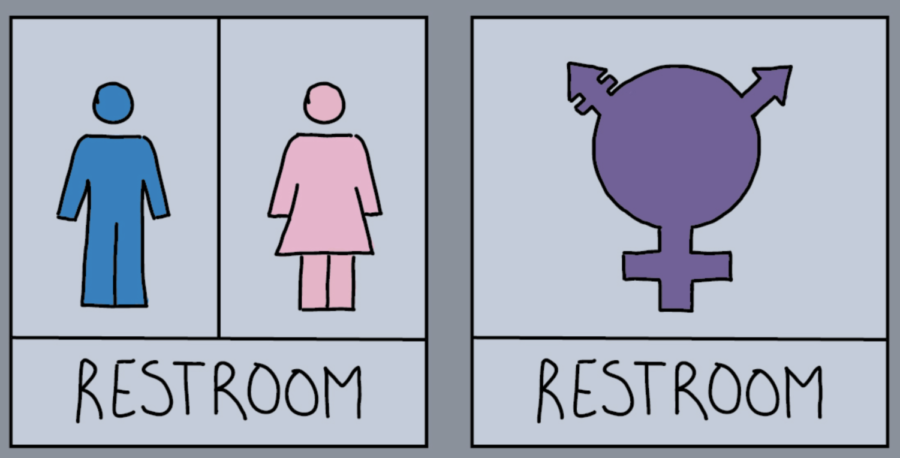A grade point average (GPA) summarizes a student’s academic performance by assigning each class grade to a numerical value (A = 4.0, B = 3.0, etc.) and taking the average of the point total. Some schools, including Inglemoor, use an unweighted grading scale, meaning that the points for a specific grade are the same in each class. Other schools use a weighted scale, meaning that points are assigned to classes based on the course’s relative difficulty.
It is important to note that Wash. state law requires all high schools to use the same standardized (and consequently, unweighted) grading system. Schools can, however, attach supplemental information to an official transcript to provide additional insight into the student’s commitments and coursework.
Student GPAs should be unweighted
by Nicole Turtle
Across the nation, high school students flaunt grade point averages (GPAs) well over a 4.0. Although they sound impressive, they don’t mean much to colleges or even to other high schools. In theory, a weighted GPA system rewards students for taking more challenging classes. However, in practice, unweighted GPAs can actually be less stressful and more practical for students.
Using weighted GPAs as an incentive for students to challenge themselves as many schools do, may actually be detrimental to the education of students.
The higher grade point value placed on advanced classes will mean that students could feel pressured to take challenging classes despite their actual preparedness or ability to perform well in the class. In an unweighted system, a student’s motivation for taking a class solely is determined by what they deem as being the best learning environment for their abilities. Yet, with weighted grade point system, that motivation lessens in the face of the desire to obtain a higher GPA. Students may end up sacrificing their ability to learn and succeed in a weighted system.
Furthermore, students have a variety of interests; Unweighted GPAs allow them to pursue those interests without risking a blow to their academic standing. The arts, theatre, band, and physical education should all be valued the same so that those who are passionate about these less conventional disciplines can also be competitive with those that are more academically inclined.
To add on to this from a college perspective, weighted GPAs are simply an illusion. For those students considering pursuing a college career, the importance of GPAs only increases because it affects their acceptance chances. From that standpoint, some may consider a weighted GPA more beneficial since it’s intrinsically higher. However, colleges automatically remove the weighting system before even looking at an applicant’s GPA.
Colleges have their own scale to measure the rigor and performance of the applicant; a weighted grading scale is not taken into account at all. Therefore, an unweighted GPA gives students a better understanding of what colleges will be seeing rather than a number only meaningful in a high school setting.
Especially at Inglemoor, a weighting system would be difficult to develop. Inglemoor offers a variety of rigorous classes: AP, IB, Running Start, WaNIC, honors, etc. To assign each of these classes a different value means to rank one higher than another. These classes have different types of rigor and finding a scale that values them fairly is impossible.
In many cases, this ranking scale just doesn’t make sense because of the significant differences between these programs. For a student in the WaNIC Program taking classes at Digipen for half of the school day, their GPA may be much lower than a student taking a full course load at Inglemoor. Full IB students taking band may have a lower GPA than a full IB student taking an accelerated course despite the significant time commitment that band requires.
Unweighted GPAs not only give students and parents an accurate depiction of a student’s performances in classes but also allow students to choose classes that best fit their individual needs. Instead of pressuring them to take classes they may not be ready for nor interested in, students are able to create a personalized schedule to get the most out of high school.
Student GPAs should be weighted
by Evelyn Yang
A student’s GPA rounds up his or her academic career — from early morning study sessions to late night reviews — and encapsulates it in a single number; it is especially important, then, for that number to be a genuine portrayal of the individual’s academic situation. Given that different students have different levels of challenges in their class schedules, it makes the most sense to implement a GPA scale that is weighted accordingly.
It can be fairly argued that an unweighted scale is a more consistent system across all schools and all students. A weighted GPA system cannot be expected to serve as a standardized scale of difficulty, though. It isn’t consistent across all high schools — but then, neither is the difficulty of every course.
At first glance, it may seem unreasonably biased to rank classes on a weighted scale based on difficulty when this is entirely subjective to an individual student’s set of strengths.
But as it stands now, a GPA is just a number that summarizes student grades. When this number could also serve as a representation of many other aspects of a student’s academic lifetime commitment, effort and willingness to take academic risks — it is counterproductive to limit the GPA’s scope to the most rudimentary form of student assessment.
In more competitive high schools that offer a high variety number of AP/IB/honors classes, the difficulty levels among those classes are correspondingly diverse. Straight A’s in full-IB classes cannot be reasonably compared on the same scale with a less advanced schedule because of the difference in academic rigor.
Regarding college applications, a weighted GPA can emphasize a student’s willingness to take academic risks.
The undergraduate admissions page on the Stanford University website says that admissions officers “expect you to challenge yourself throughout high school and to do very well. The most important credential that enables [them] to evaluate your academic record is the high school transcript.”
Colleges look for individuals who actively pursue challenges, and a weighted scale allows students to choose more difficult classes without needing to fear for their GPA. In this way, a weighted scale would be able to not only reflect a student’s success in their endeavors, but also the nature of the academic environment that they elect for themselves.
In most situations, admissions officers can see a student’s unweighted GPA anyways, even if the individual high school chooses to implement a weighted scale. The additional number would not take away from any existing standardized system in this case. Instead, it would provide a supplemental message about the applicant’s academic standing in the context of his/her personal academic environment.
Of course, a GPA is not definitively the most important part of a college application, considering that extracurricular activities, SAT/ACT scores and teacher recommendations are also substantial factors. The type of GPA scale, however, is one of the only factors that a high school can directly control. If a weighted GPA scale will best showcase each student’s individual academic merit, then it should be implemented.
























